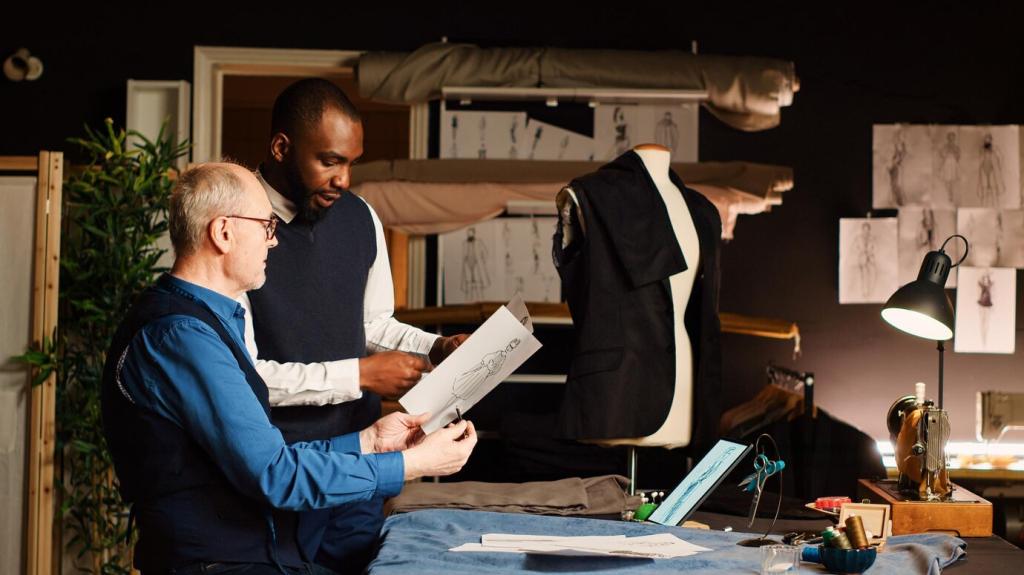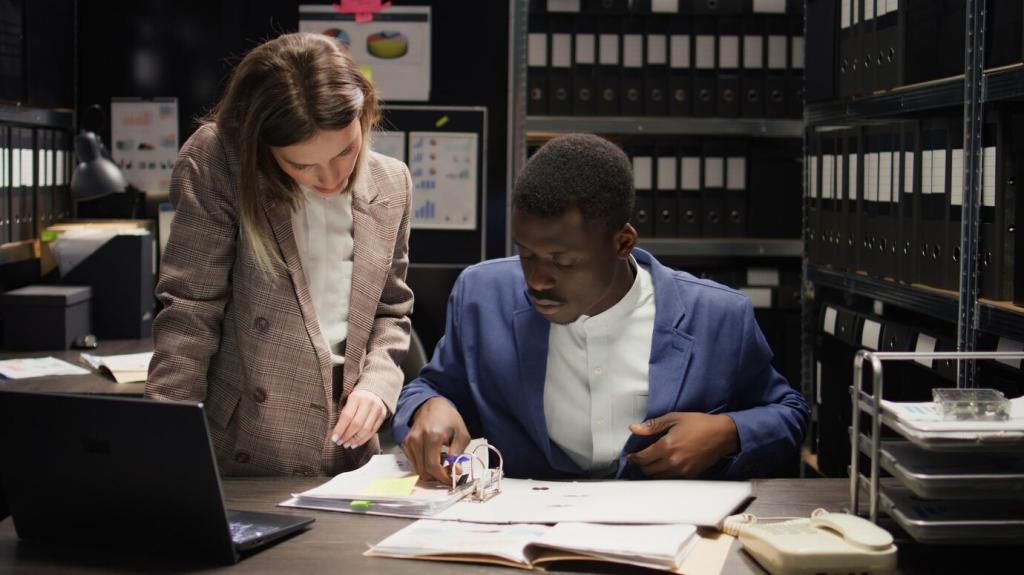Landscapes and Horizons: Lines that Lead
If the sky is dramatic, align the horizon along the lower third to celebrate clouds and color. When textures on land shine, push the horizon to the upper third, letting patterns, paths, and shadows anchor the scene.
Landscapes and Horizons: Lines that Lead
Roads, rivers, fences, and shorelines that converge toward a power point create irresistible flow. Position those lines to meet near a third intersection, and watch viewers glide through the picture with a sense of journey.














